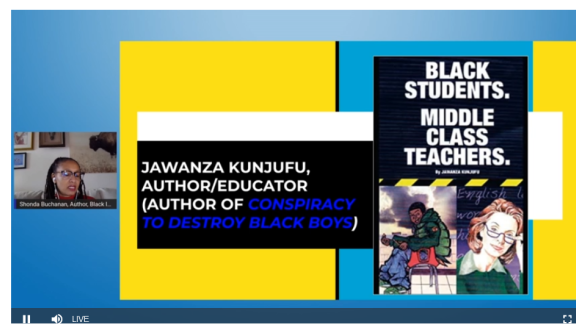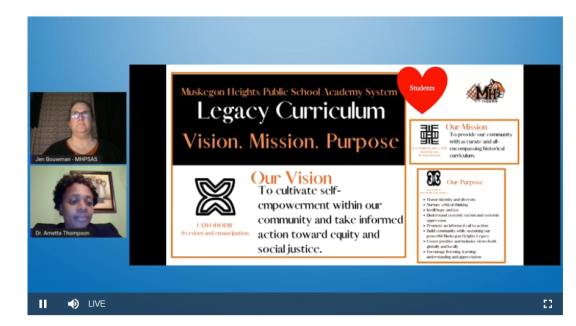There are many different philosophies of education. You may have heard of the Montessori approach to education? Waldorf, Charlotte Mason, unit studies, unschooling, subject based textbook learning, and classical are all different philosophies of education. Most public schools tend to use subject based textbook learning as the primary method for educating children, but many are now incorporating elements of the unit study approach in connection with the push for diversity, equity and inclusion.
Unit studies are a way of focusing on one particular topic and infusing it throughout the curriculum. Most unit studies contain a series of topics where each topic receives approximately six weeks of focus. For example, if the topic for the unit study is horses, students may read books about horses, write stories about horses, study the history of breeds of horses or veterinary medicine. In science they may learn about anatomy or the biology of horse cells. In math young students may count the number of legs or measure the length of the horse’s mane. Calculus students may calculate the amount and rate of blood flow through the heart. Our public schools are in the process of implementing this unit study philosophy throughout school districts across America, but there are major differences.
The focus of the unit study being implemented by the public school system is race and it is not a six-week long unit study. It is being woven into every subject and every grade throughout state and federal funded education. Just like the study of horses in the example above, is woven into the fabric of every subject, the subject of race is now being woven into each and every subject.
Sometimes it is harmless and makes a lot of sense. Reading myths and legends from a variety of cultures is very educational. Students can see reflections of themselves in books while learning about differences in people in a very positive way. Students can learn about differences in living environments, culture, family traditions and so much more. For example, children can learn about differences in hair between ethnicities.
I remember when we lived in a different country and my kids were playing with a neighborhood girl named Hanifa. Hanifa had just moved to our country from the African country of Togo. While the kids were playing, I took a shower and then came downstairs with wet hair. Hanifa was very interested in my hair as she had apparently never seen a white person with wet hair before. She asked to touch it and then told me it was slimy. The point is that we have differences and talking about those differences is perfectly acceptable to most people. Talking about differences and noticing differences is much different then racism.
The problem with the philosophy of weaving diversity studies into every subject at each level of our children’s education is that it goes beyond talking about and noticing differences. Differences identified are being connected to power and privilege in society. These differences are being blamed for any negative experience a person has had in their life. These differences are things that people cannot change, and when these differences are identified as the cause they divide people based on these differences.
Therefore, focusing on these differences and identifying them as the common denominator for negative experiences is actually creating a bigger divide. When the difference is race, racism is created. When the difference is sexual orientation, gays become pitted against straight people. Any characteristic can be used to divide people using this Marxist philosophy.
This is where the problem comes in and when this happens, celebrating diversity becomes Critical Theory. Hyperfocus on diversity, equity and inclusion is just laying the ground work to be able to divide people quicker and easier at a later stage in their educational development. It is wrong and it is creating racism, sexism, genderism, hand-i-capped ism, etc…
On January 27, 2022, two thousand teachers across Michigan attended an on-line training session for teachers entitled Diversity in the Literature that We Teach. Grand Haven teachers were encouraged to attend this event as they received continuing education credits required to keep their teaching licenses active.
The event began with an author who spoke about the literature philosophy of Windows, Mirrors and Sliding Glass Doors. This refers to a way for children to see themselves in books, but also learn about the lives of others who are different from them. Most people would agree that Windows, Mirrors and Sliding Glass Doors sounds beneficial based on this explanation.
In fact, it is with explanations like this that Marxist concepts have gained support. The problem is that the teachers of Windows, Mirrors and Sliding Glass Doors don’t stop with exposing children to differences. Teachers have learned about social-emotional learning, culturally responsive teaching, critical race theory, anti-racism, power and privilege. They don’t understand that connecting our differences to these issues in society actually creates racism. The teachers don’t stop with teaching children about differences. They actually go on to blame these differences for the difficulties and challenges people have had in their lives.
When this happens, children learning come to the same conclusion. Whites (or the target group) are responsible for centuries of horrible oppression and non-whites are oppressed victims. Teachers are trying to teach children to treat each other with respect but don’t comprehend that what they are doing is working to create division such as racism.
Let me give you some examples from the Diversity in the Literature that We Teach teacher training.
Instead of celebrating diversity, now the differences are being tied to dominance.
This slide implies that middle class teachers are white and dominate over black students. This is setting the foundations for racism.
Examples of racism in America are being connected with differences being observed between students. This not teaching that racism is wrong. It is teaching that white people are racist. That is a very big difference.
The definition of Social Justice according to Google is justice in terms of the distribution of wealth, opportunities and privileges within a society. The vision of this project is “To cultivate self-empowerment within our community and take informed action toward equity and social justice. This connects differences to power and privilege and creates racism.
These book recommendations do not enable students or teachers to learn about differences between people in a positive way. Instead, these books expand on the differences children have naturally noticed and point to them as the reasons for problems in society. This is exactly how racism and division are created.
As people we are naturally curious about those who are different from us. Most Americans approach differences with an open mind, but once differences are understood people move onto other topics and areas of interests. Sometimes people with differences become friends or colleagues, but not always, and that is okay. We must not blame our differences for the difficulties we encounter in our lives. That creates societal division. As people we must respect one another, treat each other with dignity and allow each person an equal opportunity to thrive.







